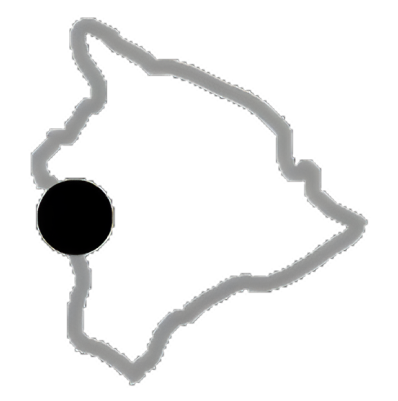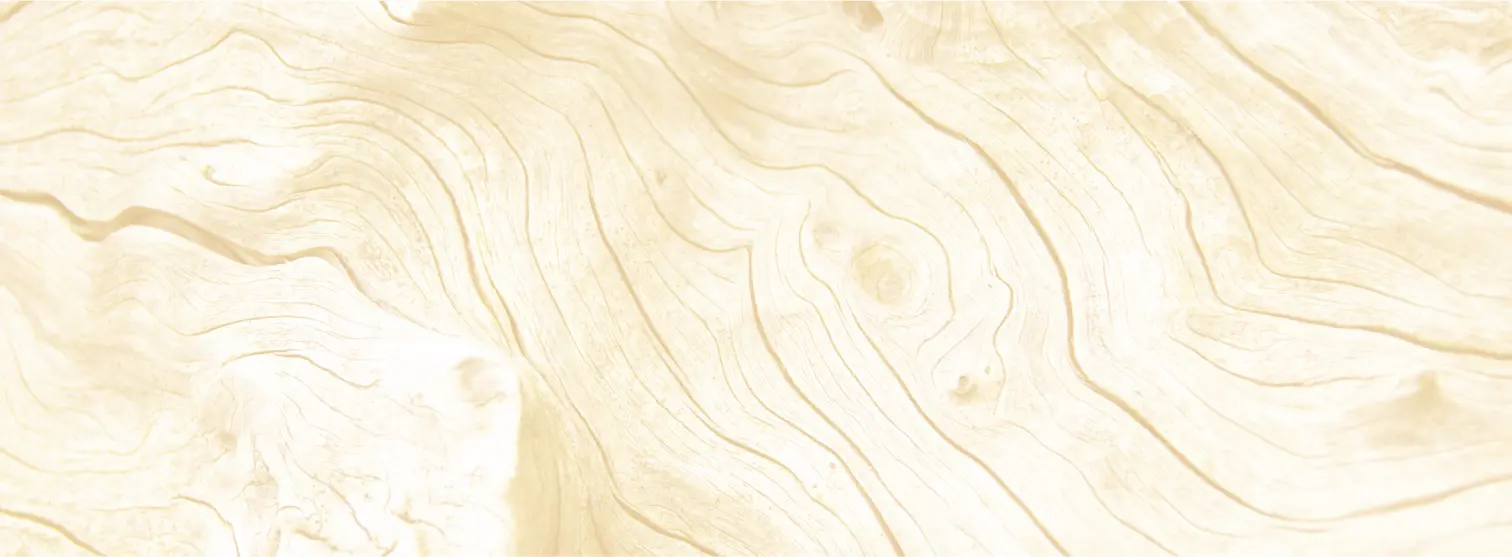Sacred in its biological life that inhabits such a hostile terrain. Sacred in the human history that ventured into thin air centuries ago for ritual and industry. Sacred for the science that pursues knowledge hidden in the heavens. Today workers, tourists, and locals visit Mauna Kea’s summit daily. Despite this traffic, it is still a site that awes and inspires those who stand on its soil.
I was first drawn to the summit because of Lake Waiau. At 13,020 feet it is one of the world’s highest alpine lakes. The source of its water is thought to be from the melting of glacier permafrost left over from the last ice age 10,000 years ago or so. Waiau was one of the snow goddesses associated with Mauna Kea. Though I have never come across any myth that associates the maiden goddess with the lake, the Hawaiians held the lake as sacred. In some instances it is described as bottomless and served as a portal into the underworld. It was known to be a repository for offerings of the piko of newborn children. Hawaiians would make the difficult trek up to offer the piko into the lake in hopes of a long, blessed life for the child.
Lake Waiau Photo by Kirk Aede
Lake Waiau is not the only evidence of glaciers on the summit. On the lower east side, the summit road passes through dramatic glacial moraine. Amidst the steep and red cinders is a wide trail of broken gray rock laid down as the ice slowly moved down the mountain. In other places the clinker of aa flows have been scraped clean and the dense rock below show glacial striations. To the south of Lake Waiau is the glacial valley directly above Pohakuloa gulch. It is a classic glacial valley with a terminal moraine pile. The valley, moraine pile, and gulch are easily seen from the Saddle road near the Mauna Kea State Park. While Mauna Kea was glaciated it erupted. This sub-glaciated lava formed into very dense and finely grained rock. The Hawaiians discovered these flows and found them to be an excellent source of rock for cutting tools. For eight centuries at over fifty different locations, the rock was mined for adz. Imagine working at 13,000 feet plus, hammering away at the hard stone and hauling them down the mountain. Today the average day/night temperature on the summit is around 30 degrees Fahrenheit. Without fur coats the Hawaiians used layers of ti leaf coverings for protection. Some believe that only the apprentices worked at the quarries extracting the blank forms, while the kahunas did the finishing at the more hospitable coastal elevations.
At the summit you are above half of the earth’s atmosphere. The thin air leaves you light-headed and at times hypoxic. It freezes at the summit every night. Despite these harsh conditions life exists at the summit. In the 1970’s the aeolian, or wind-borne ecosystem of Mauna Kea was discovered. Its most famous resident is that of the Weiku bug. Derived from a lower elevation seedeater, the Weiku bug has adapted to predate on insects that are carried to the summit with the wind. Along with the Weiku are a few species of spiders and mites and one moth. These denizens of the cold eke out a precarious existence in the cinders of the mountain, especially depending on the permafrost for humidity in the dry, thin air. Besides the invertebrates that populate the mountain, humans also “inhabit” the summit.
Van at Gemini Observatory Photo by Kirk Aeder
Every day over a hundred scientists, technicians, laborers and other staff travel to the top of the mountain to work. Often touted as the world’s greatest collection of astronomical observatories, astronomers are prying the secrets of the heavens from Mauna Kea’s clear sky. Among the dozens of lines of study one is to find distant planets that may support oxygen based life. Odds are if some planets are found it will be from the telescopes atop Mauna Kea. Long ago Hawaiian navigators gazed into the reflective waters of Waiau to learn the night sky for voyaging. Today we use the reflective technology of telescopes to gaze into space and the possibility of future voyages. How would are world change if someday we came to understand that there really is other life forms in the universe? Perhaps our cultural and nationalistic differences would seem trivial and pointless. With hundreds of millions of dollars invested on the dormant (not extinct) volcano, we are searching for new shores of discovery.
Evidence of Poliahu Photo by Andrew Nisbet
For now the telescope community seems safe. Pele has long been idle on Mauna Kea though the snow-goddess Poliahu keeps vigilance from her home on Puu Poliahu. Today the mountain still has glacier ice a few meters below the surface. And of course, Poliahu occasionally throws her white cloak of snow over the summit. We have remnant legends of the sacred battle of Pele and Poliahu from Westervelt and Fornander telling us of Poliahu’s great white cloak beating back the molten rock of Pele.
Mauna Loa emerging from the clouds Photo by Andrew Nisbet
The top of Puu Poliahu provides an awesome view of the summit area. The volcanic beauty of the oxidized red cinders contrast remarkably with the great white and metal domes of the astronomical observatories. Near sunset the late afternoon light highlights the mountain and the domes, the temperature drops, and the wind pulls up the summit. Mauna Loa, Hualalai, Kohala, and Haleakala poke above the cloudbank below. The magnificence and beauty combined with the effect of the thin air on the brain, overwhelm the senses. I am awestruck, shivering, and humbled atop the world’s tallest volcano.


